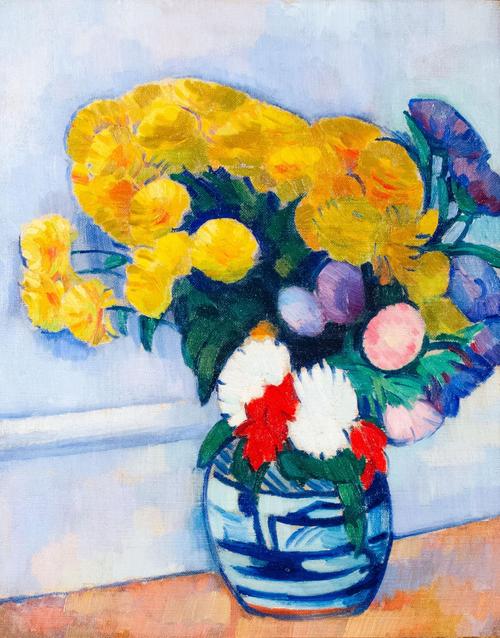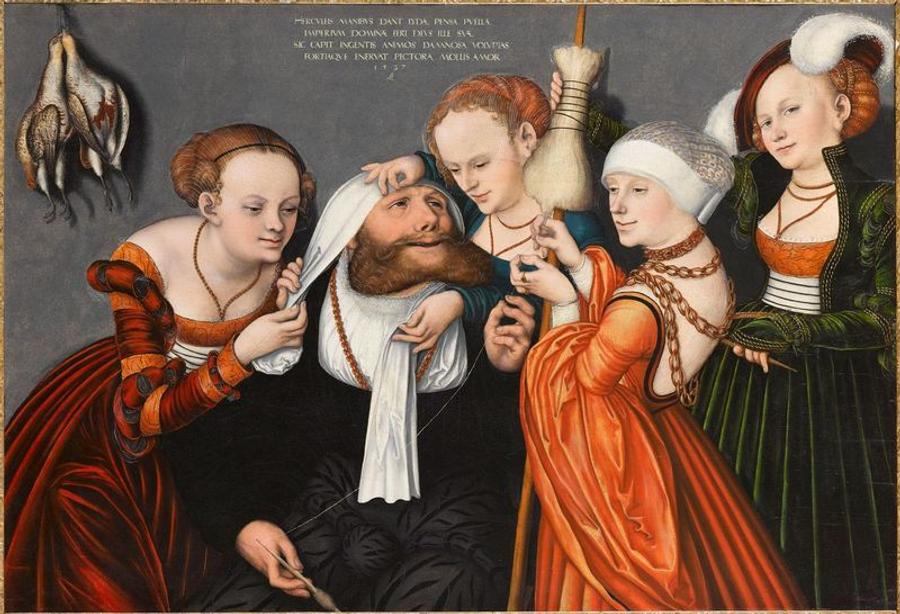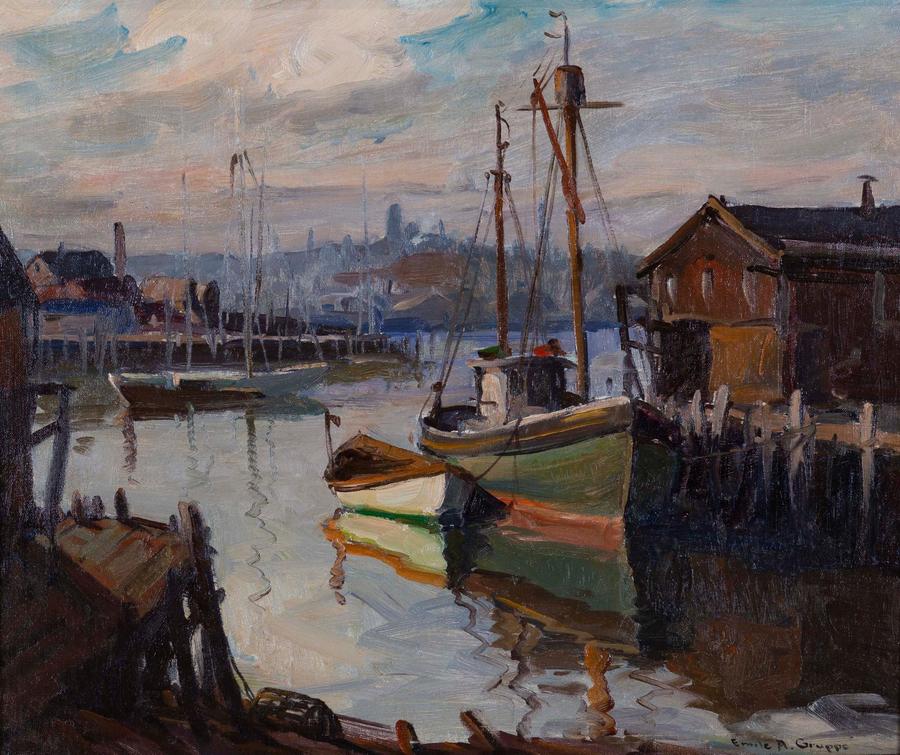—The Museum of Modern Art presents a major exhibition offering a new look at the celebrated modern artist Paul Cézanne (1839–1906) through close attention to his process in pencil and watercolor and fresh insights into this profoundly original yet lesser-known body of work. Cézanne Drawing, on view at MoMA from June 6 through September 25, 2021, is the first major effort in the United States to unite drawings from across the artist’s entire career, tracing the development of his practice on paper and exploring his working methods. More than 250 works on paper— including drawings, sketchbooks, and rarely seen watercolors—are shown alongside a selection of related oil paintings, all drawn from MoMA’s collection as well as public and private collections from around the world. Presented together, these works reveal how this fundamental figure of modern art—more often recognized as a painter—produced his most radical works on paper. Cézanne Drawing is organized by Jodi Hauptman, Senior Curator, and Samantha Friedman, Associate Curator, with Kiko Aebi, Curatorial Assistant, Department of Drawings and Prints. Laura Neufeld, Associate Conservator, David Booth Department of Conservation, is a key collaborator, part of the project’s curatorialconservation partnership.
Cézanne has long been recognized as a crucial artistic link between the 19th and 20th centuries. Cézanne Drawing returns works on paper to their central position within the artist’s oeuvre, demonstrating the extent to which this medium facilitated his legendary innovations and emphasizing how he used particular materials and techniques to generate meaning. Drawing was foundational to Cézanne’s practice from the late 1850s until his death in 1906. Making daily use of loose sheets and sketchbook pages, the artist produced over 2,100 works on paper over the course of his career. Cézanne preferred standard materials that were easily prepared, widely available, and relatively inexpensive: industrially produced pencils, watercolors, and papers, purchased from art suppliers in Aix-en-Provence and Paris. For Cézanne, drawing was an activity of interest and importance in its own right—one that facilitated diligent, daring investigations of surface and depth, line and color, vision and touch, and finish and un-finish. Elaborated over the course of days, weeks, and even years, Cézanne’s works on paper were paramount to his development of a resolutely modern artistic idiom.
Cézanne Drawing traces this development through graphic works dating from the artist’s early career in the 1860s to his final years at his Les Lauves studio at the start of the 20th century. The exhibition introduces visitors to Cézanne’s so-called study sheets, which feature an array of distinct subjects depicted in different scales, styles, orientations, and perspectives. With their unlikely juxtapositions, these works make visible the artist’s relentless pursuit of relationships—material, formal, and conceptual—between seemingly disparate motifs and genres. The study sheets provide an entry point to the associative nature of Cézanne’s drawing practice and foreground the ways that drawing served him as an experimental, iterative mode of thinking.
Equally imperative to the presentation of Cézanne’s graphic works are his sketchbooks, another vehicle for rigorous study and formal play. The artist is known to have used at least 19 sketchbooks during his lifetime, and their pages comprise a vast repository of themes to which he returned frequently: intimate portrayals of his family members; precise depictions of household objects; loose sketches of the natural world; exuberant renderings of bathers; and copies of classical and Baroque paintings and sculptures. In addition to study sheets, sketchbooks, and other drawings in pencil, the exhibition features a wide selection of large-scale watercolors—a once-in-a-generation opportunity to see so many of these rarely exhibited works gathered in one place.
In addition to study sheets, sketchbooks, and other drawings in pencil, the exhibition features a wide selection of large-scale watercolors—a once-in-a-generation opportunity to see so many of these rarely exhibited works gathered in one place. Moving deftly between pencil and watercolor while at work on individual compositions, Cézanne cultivated a dynamic relationship between the two mediums. His graphite lines and watercolor washes variously converge and diverge, and he explored the translucence and luminosity of watercolor across these works.
Finally, the exhibition incorporates a select number of carefully chosen paintings that further key arguments. Through new curatorial and conservation research, Cézanne Drawing illuminates the technical means that enabled the artist’s extraordinary vision: the searching, multiple lines that together describe a form; the repetitions and transformations that realize a composition; and the layering of watercolor that conjures kaleidoscopic color. It also explores the ways in which the work of this pioneer of modernism remains continually resonant, from his preoccupation with the temporality of everyday life, to his immersion in the natural world, to his daring approach to the human figure. Encompassing vibrant still lifes, prismatic landscapes, and carefully choreographed bathers, these works on paper also reveal lesser-known themes and ideas that expand common conceptions of this artist, such as a thread of violence, an interest in narrative, and a concern with intimacy.
The exhibition is accompanied by a fully illustrated catalogue, Cézanne Drawing, which offers a career-spanning appraisal of the artist’s works on paper, tracing the development of his practice, illuminating his themes and subjects, exploring his working methods, and ultimately revealing the essential role drawing played in shaping Cézanne’s vision. It is edited by Jodi Hauptman and Samantha Friedman, with contributions by Kiko Aebi, Annemarie Iker, and Laura Neufeld. 216 pages, 328 illustrations. Hardcover.
Images
Paul Cézanne. The Apotheosis of Delacroix. 1878-80 (completed later). Pencil, ink, and watercolor on wove paper, with a strip added at the bottom, 7 7/8 × 9 3/16″ (20 × 23.3 cm). The British Museum, London © The Trustees of the British Museum
Paul Cézanne. Mont Sainte-Victoire (La Montagne Sainte-Victoire vue des Lauves). 1902–06. Watercolor and pencil on wove paper, 16 3/4 x 21 3/8″ (42.5 x 54.2 cm). The Museum of Modern Art, New York. Gift of Mr. and Mrs. David Rockefeller. Photo © 2021 MoMA, NY
Paul Cézanne. Forest Landscape. 1904–06. Pencil and watercolor on paper, 18 5/8 × 23 5/8″ (47.3 × 60 cm). Private collection


























